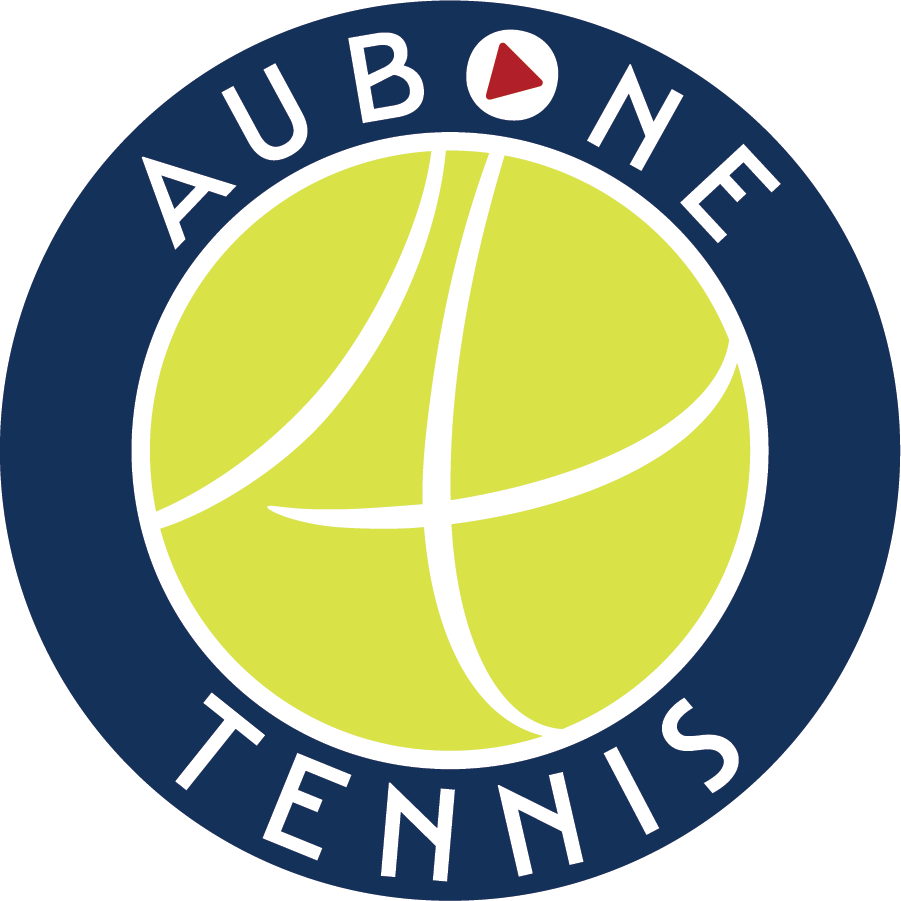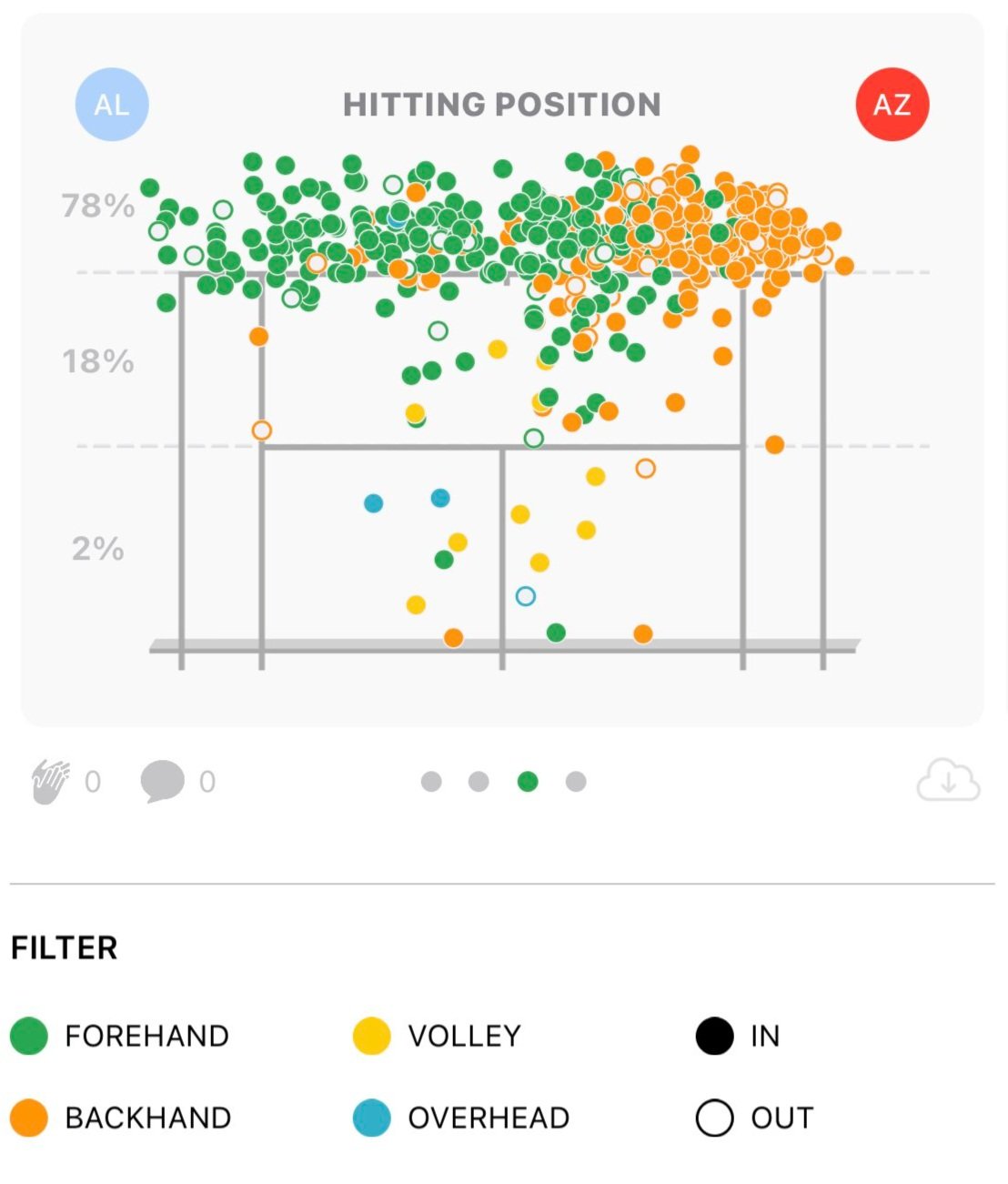How I Use SwingVision to Help Players Get Better
As a tennis coach, the most important thing on my mind is how can I help my players achieve their goals. With the fascinating rise in technology, I’ve been able to use tripods, video cameras, and slow motion analysis to improve their chances of success.
And over the last year, I’ve been spending a lot of time on SwingVision helping my players take their game to the next level.
I’m sure you’ve been hearing about a lot about ChatGPT and the rise of artificial intelligence in business models. Well, A.I. has been in tennis as well!
SwingVision is an A.I. generated tennis app that helps users do significantly more than just record themselves playing! I know a lot of people love the line calling feature, but as a coach, I use it to help my players in many other ways!
The following describes how I use SwingVision to help my players get better, and how you can use these tools as well.
Shot Placement for Groundstrokes
Shot placement is arguably the most important detail of what goes on in a rally. Is a player able to locate their groundstrokes around the court in a manner that can put their opponent on defense?
In the matches I study, the player who’s able to hit the most amount of balls past the service line, and away from the center of the court, is the one who usually wins.
SwingVision does a wonderful job breaking down the percentage of shots hit past the service line and in the 3 different sections of the court. Left, middle, and right.
You can also break it down to see just your forehands or backhands. That’s extremely useful as it helps provide clarity on what each shot is doing.
Positioning
The higher the level of your game, the more your positioning matters. The more time someone spends behind the baseline running from side to side, the more difficult a time they’ll find winning matches.
SwingVision breaks down the percentage of time you spend behind the baseline, between the baseline and the service line, and then inside the service line at the net. After every match, I look at these to see who was controlling the points, and who was trying to take advantage of opportunities to attack.
Serve Placement
This is the most important ball placement stat I look at. The serve is the most important shot in tennis. If you can’t make your serve, you can’t play! And if you can make a serve, but it’s sitting in the middle of the box, or even worse, going to your opponent’s strength, you’re going to start all your service points on defense. That is a recipe for a miserable day at the office.
So the ability to locate your serve serve around the box, on both the 1st and 2nd serve is an extremely important skill to have.
SwingVision shows you the location of all your serves, on both sides of the box.
Check these stats out to see how well you place your serve, as well as which side of the court, and which section of the service box you need to work on the most.
Using the stats to come up with a plan of action
This is what it all comes down to. Because if you know all the stats, but do nothing with it, then none of it matters. You just have a really cool app.
You need to write all this information down to come up with with an efficient practice plan, that helps you improve in a manner that effects your level of play during competition.
Here’s an example of how I used stats from a previous match to come up with a practice plan for the next day:
The player I work with is AL. His opponent is AZ. (Something to note as you look at the stats, the numbers might not always equal 100%. That’s because the numbers automatically round up or down to the nearest whole number.)
Shot placement: Right away I notice AL’s opponent had better depth on his shots, and was able to move the ball around the court more. 72% of his opponents shots were passed the service line vs 63%. Not a great start.
AL’s shots around the court were 17% to the deuce, 33% to the middle and 48% out wide. Whereas the opponent hit 23%, 39% & 36% respectively. So a little more unpredictable.
Hitting position: Fairly equal here so nothing to take note of.
Serve placement: My player clearly tried to serve too much to his opponent’s forehand, attempting only 20% of serves on the Deuce side down the tee to the righty’s backhand. On the ad side he did a little better attempting 29%, but 41% down the middle is a bit too much. I’d like to go more for the corners than the body, so that we can stretch the opponent, and run him to the other side on the next shot.
Practice plan: Now I have to put this all together to create a practice plan that is going to help my player improve.
Based on the stats from this match, I’m going to have my player work on the following things:
Depth on the forehand side to the deuce and ad corner
1st serve down the tee on the deuce side
1st serve down the tee and wide on the ad side
This should have a direct affect on AL’s court positioning. If he’s hitting deeper shots to the corners, and placing his serves better, he should get more opportunities to attack, bringing him to a more aggressive position inside the court.
Before I run off and practice, I’m going to use the SwingVision filter to look at the video of all of Alex’s serves down the tee on the deuce side, all of his serves on the ad side, and all of his forehands to make sure we don’t have any technical issues.
Yup! That’s one of SwingVisions amazing features as well. You can see each shot you want without having to scroll through all the points.
If you haven’t tried SwingVision yet, or at least tried it out in this manner, check out the links below! A better tennis player within you is waiting to be discovered!








